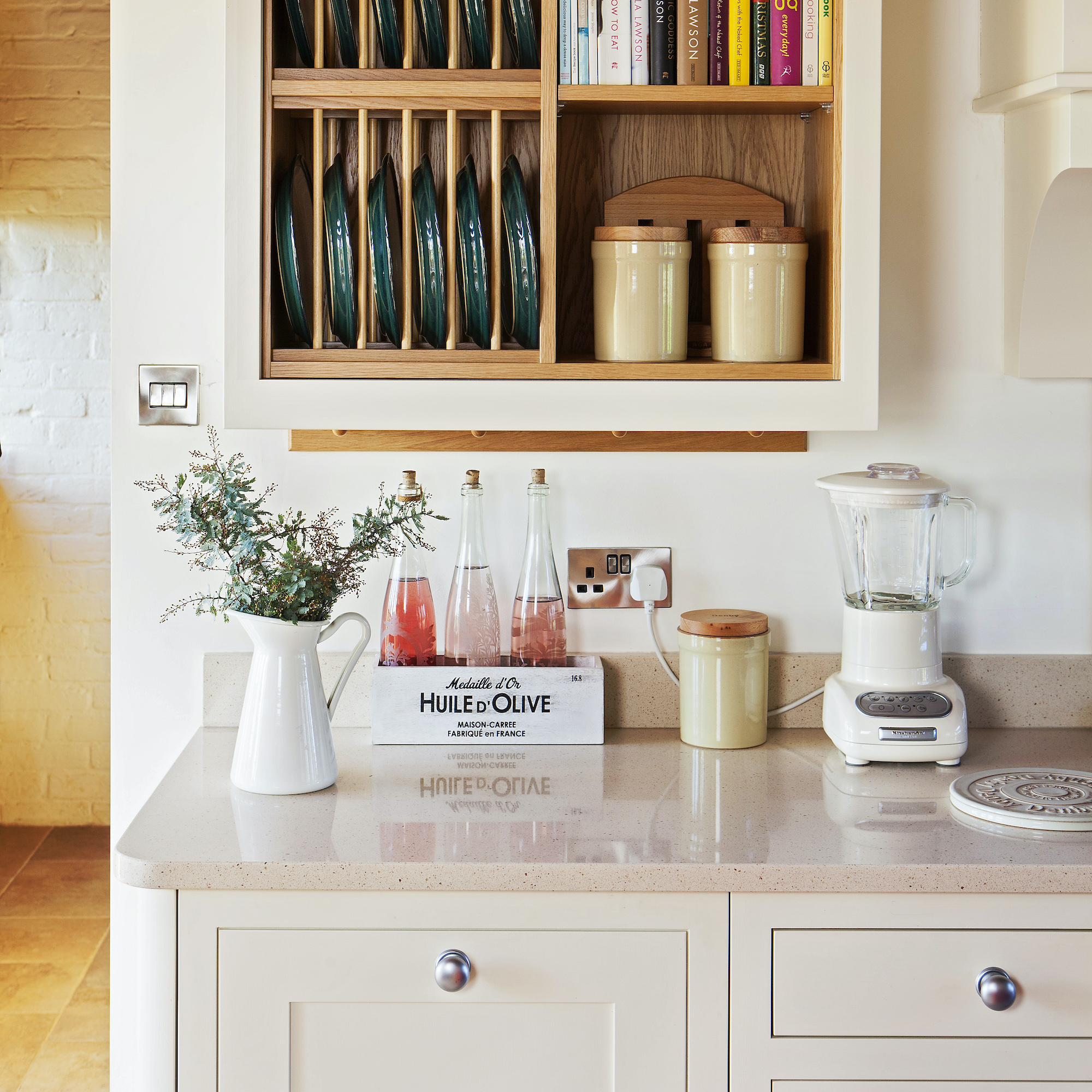
If you’ve bitten the (Nutri) bullet and have added a blender to your kitchen, we can only assume that you want to use this nifty kitchen appliance in a way that benefits your life. For that to happen, you must know what you should never put in a blender.
Whether you were gifted one of the best blenders for Christmas or you managed to pick up one of the best cheap blenders on sale, there’s no doubt that this kitchen appliance can change how you eat. From making healthy smoothies to vegetable-packed soups, you can even use blenders to make home-cooked pasta and curry sauces. All in all, a blender is a great addition to any kitchen.
But as with all kitchen appliances, you need to be cautious. While blenders open up a world of cooking opportunities, there are also many things that you should never put in a blender. To explain why, we’ve consulted with the experts.
Things you shouldn’t put in a blender
‘There are many little-known things that you should never put into your blender,’ explains Thea Whyte, small appliances expert at AO.com. This ranges from food to kitchen utensils, and below, we’ve outlined all of the things you shouldn’t put in a blender.
1. Hot liquids
Whether you want to use your homegrown vegetables to whip up a hearty winter soup or you’re looking to make purees for your little ones, you might assume that a blender is the best appliance for the job. However, you should never put hot liquids in a blender.
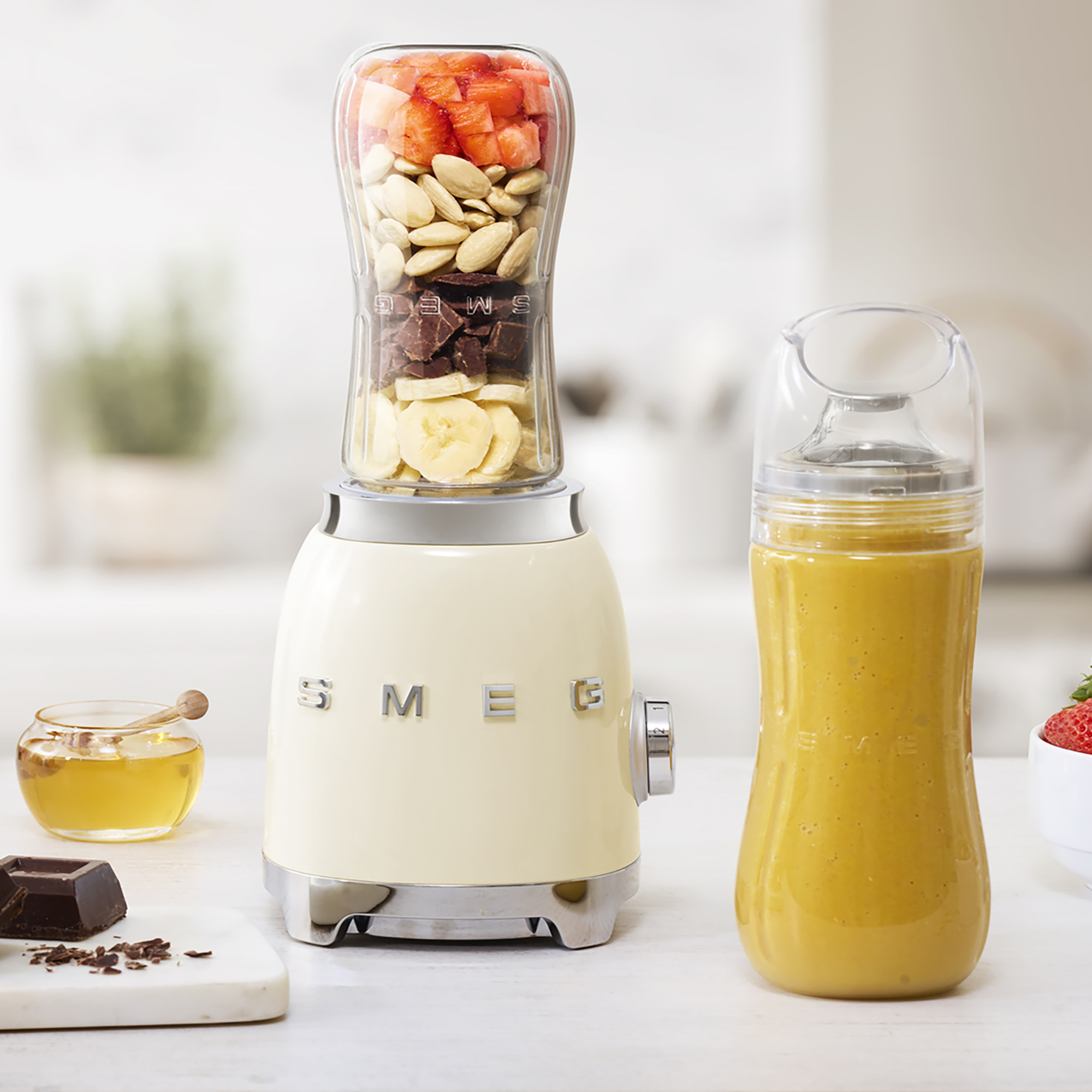
Gabrielle Marie Yap, Senior Editor & Culinary Entrepreneur at CarnivoreStyle says, ‘I've learned the hard way that blending hot liquids can turn into a messy and potentially perilous situation. You see, the heat generates pressure, and if you don't allow it to escape properly, the lid might just decide to take an unexpected leap.’
‘To avoid any kitchen disasters, it's always best to let those soups or sauces cool down a bit before hitting the blender button.’
Alternatively, you could use one of the best soup makers to make a mean minestrone.
2. Nuts, coffee beans, or cocoa beans
The best blenders open up the door to make your own plant milk and other food items that you’d typically buy from the supermarket. And while we’re all about that DIY life, you need to be careful when using a blender.
Ideally, you should steer clear of adding anything hard like nuts, coffee beans, or cocoa beans into a blender. Not only will it take longer to grind these small nuts and beans into the powder you’re after, but you could also damage your appliance in the process.
Anna Batten, product manager at Smeg, says, ‘We wouldn’t suggest using a Smeg blender for coffee. Although you can if you choose to, it isn’t designed to, so the blades could wear down over time.’
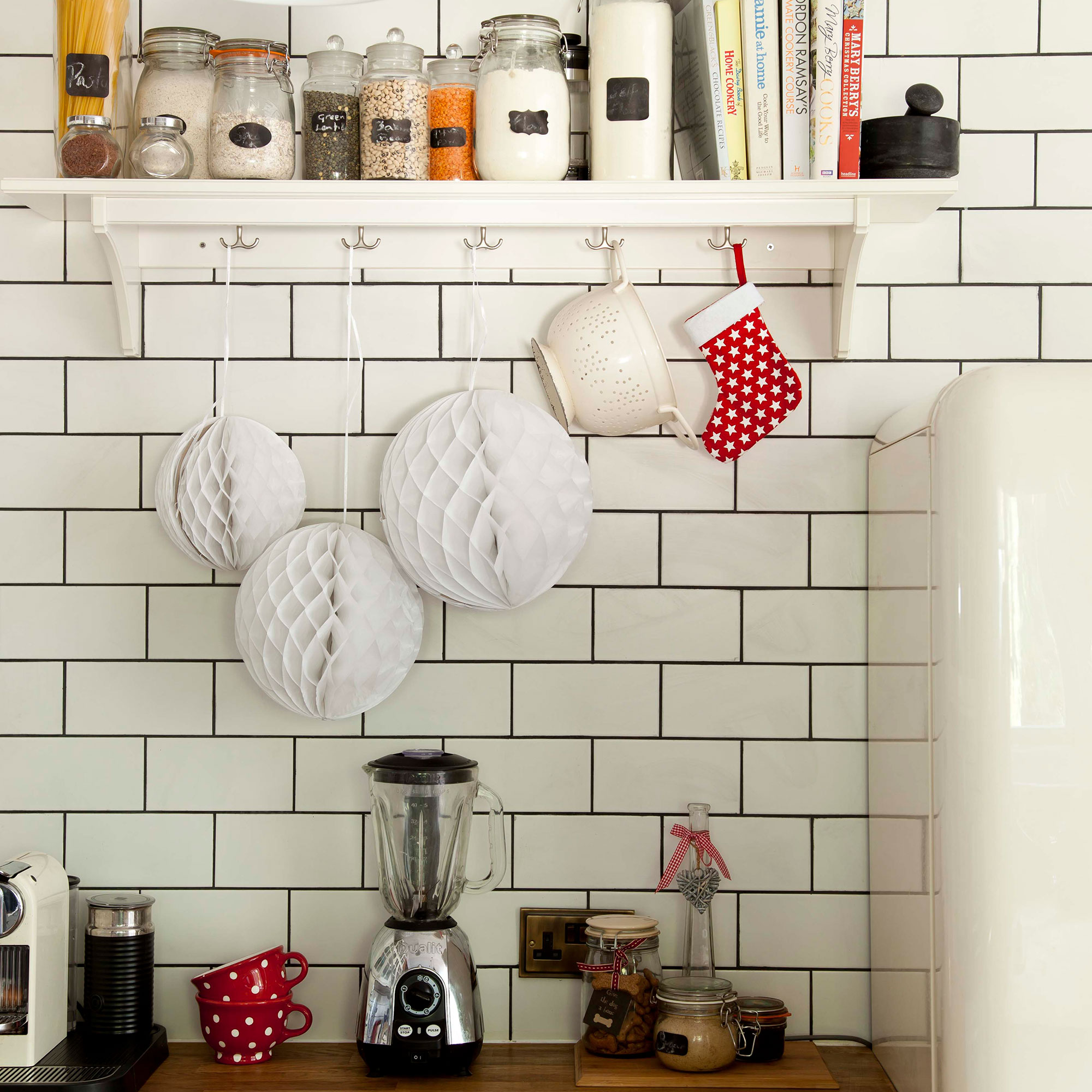
So, it’s just not worth the risk. Just use one of the best bean-to-cup coffee machines or a specific coffee grinder like this Lakeland 2 Jar Grind and Chop or this Smeg CGF01BLUK Coffee Grinder instead.
In terms of nuts, Thea says, ‘It’s much better to chop these roughly beforehand or use a food processor.’
3. Utensils
The best blenders can certainly help to speed up your cooking process, but it's important to take your time and be cautious when using these kinds of appliances - especially when your food inevitably sticks to the inside of the blender.
While you can use a utensil like a wooden spoon or a spatula to loosen this food, it’s essential that you turn the blender off before doing so. If you stick any utensils into the spinning blades, you run the risk of damaging the blender beyond repair.
Plus, you might hurt yourself in the process.
4. Bread dough
If you're still on the lockdown-inspired bread-making bandwagon, you’ve probably tried to find different tips and tricks to make this process even easier. However, a blender isn’t the hack you’re looking for.
‘In regards to food, you should avoid putting bread dough into your blender at all costs, as attempting to blend this can strain the motor and potentially damage the blades,’ explains Thea.
A food processor or one of the best bread makers will be far better suited to helping get your dough started.
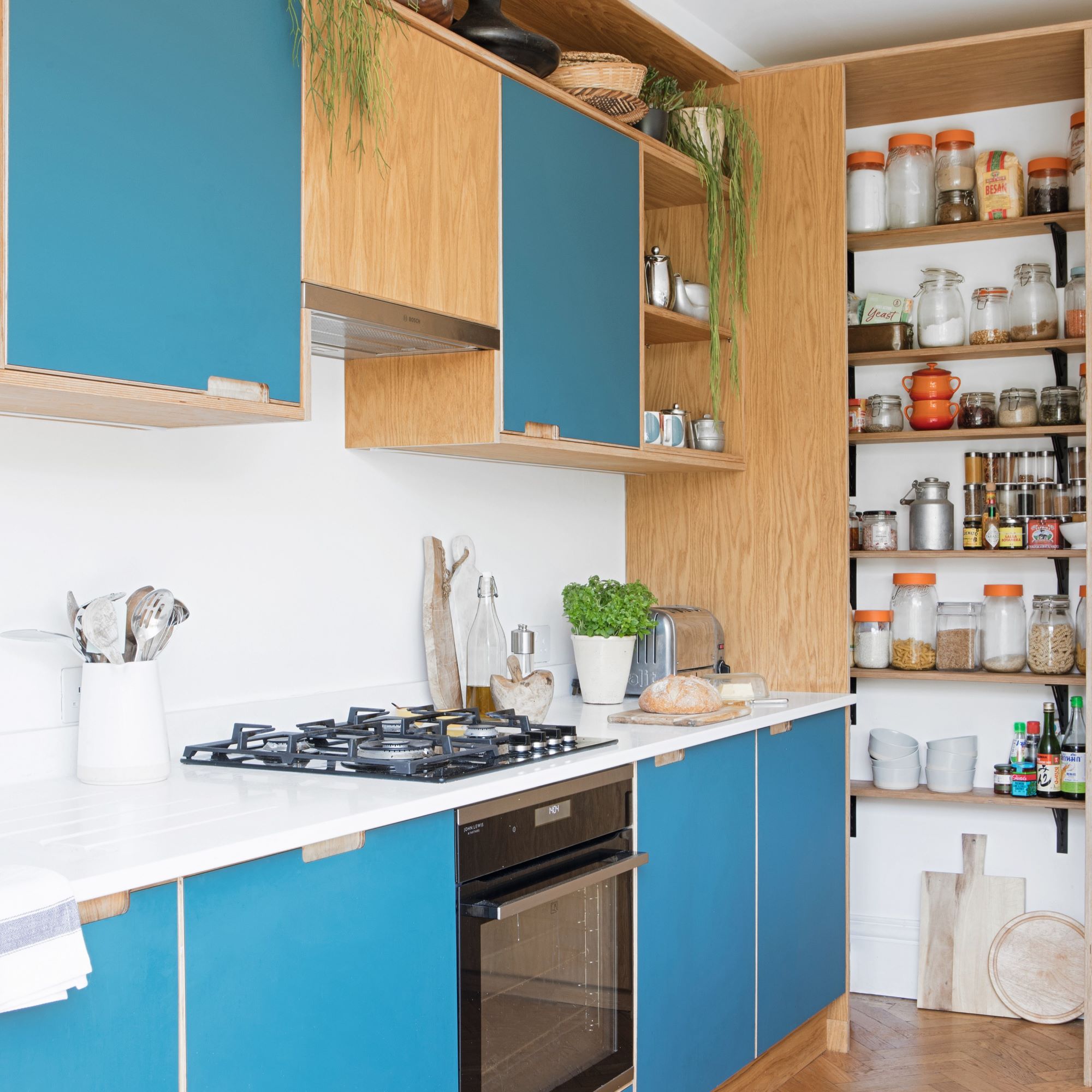
5. Potatoes
If you’ve grown your own potatoes or bought them from the supermarket, you might assume that you can’t go wrong with mashed potatoes. However, you can go wrong if you choose to mash your potatoes in a blender.
While a blender will certainly blend your potatoes into something that looks like mash, it certainly won’t feel or taste like mash. That’s because the power of the blender blades will force too much starch out of the potatoes, making them way too sticky and gloopy.
Instead, opt for an old-fashioned masher or a “game-changer” potato ricer for perfectly creamy mash.
6. Ice cubes
Margarita Monday wouldn’t be the same without crushed ice, right? You need to be careful when putting ice cubes in a blender, though. While some blenders claim to be sturdy enough to deal with ice, it’s best to be cautious.
Gabrielle explains, ‘Most blenders are equipped to handle the crushing of ice, but moderation is key. Chucking in too many ice cubes at once can exert undue pressure on the blender motor or even result in damaged blades.’
‘To prevent overwhelming your trusty blending companion, consider adding ice gradually or opt for pre-crushed ice. This way, you'll be cooling down your beverages without putting unnecessary strain on your blender.’
You could also swap out half of the ice for cold water instead. As long as the amount of water covers the ice in the blender, you shouldn’t have any problems with broken blades or overheated motors.
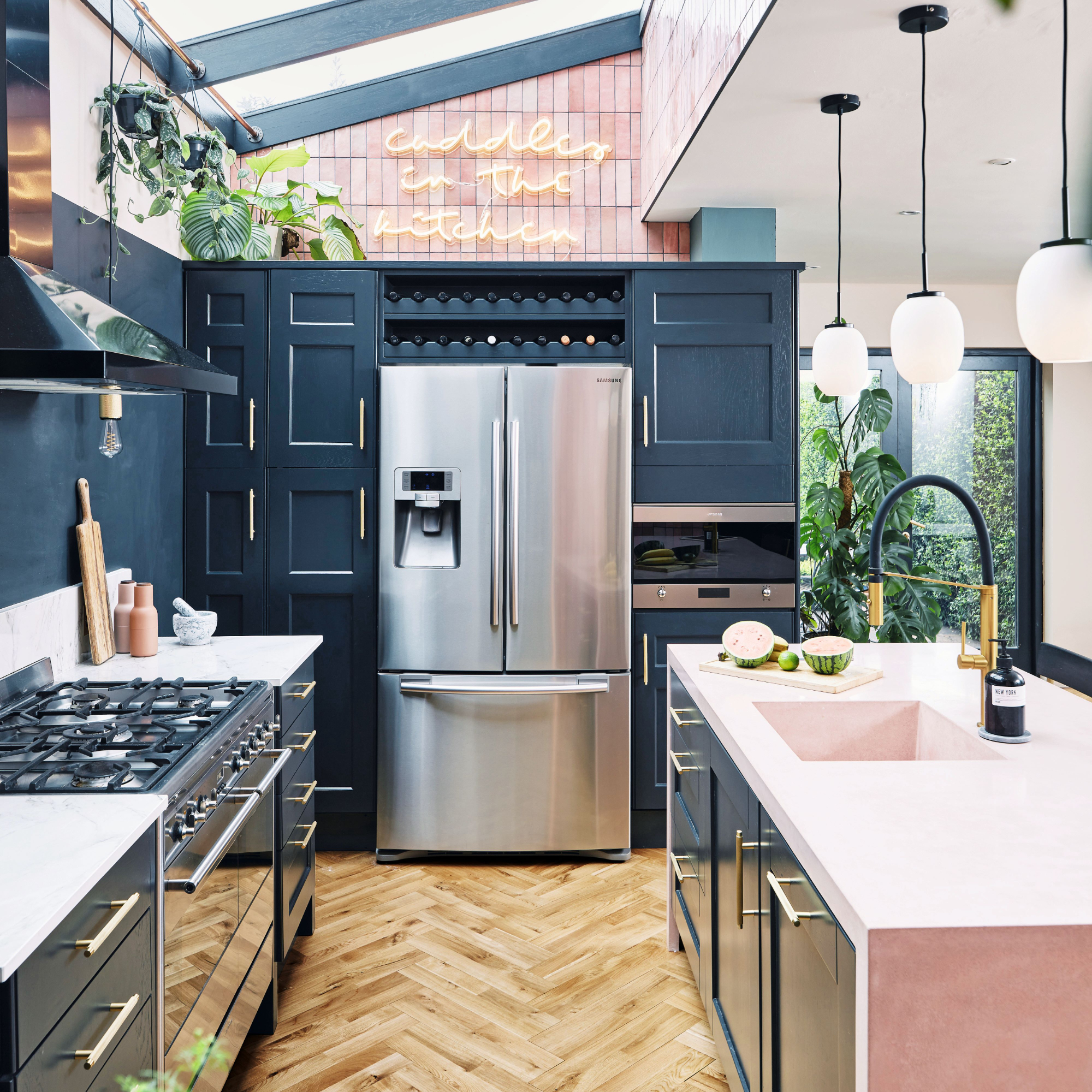
7. Foods that stain
Most of the best blenders on the market have plastic jugs, and we all know the struggle when it comes to food stains and plastic. In fact, we have the stained Tupperware to prove it.
Because of this, you should try and avoid putting foods that stain into a blender. They won’t affect the integrity of the appliance in any way, but they will affect the aesthetics - and this can be annoying.
Of course, you could try cleaning with vinegar to get rid of these stains, but this will normally take you multiple cleaning sessions and a lot of time. If you don’t have time that time to spare, keep your beetroot, turmeric, and tomatoes out of the blender.
8. Foods with seeds and pits
If you grow your own fruit and veg and want to make use of them, it’s always a good idea to separate them into two categories: those that are blender-safe and those that aren’t.
In general, you should avoid putting any foods with hard seeds and pits (like avocados, dates, or cherries) in a blender, as this could damage your appliance.
‘Whether it's the stubborn avocado pit or the unsuspecting peach stone, tossing these tough elements into the blender is a recipe for potential disaster. Those hard bits can wreak havoc on the blender blades or, worst-case scenario, lead to the motor throwing in the towel,’ explains Gabrielle.
So, either keep them away from your blender or remove the hard seeds and pits before popping them in for a blitz.
9. Too much food or liquid
You know when you go a little too hard at the all-you-can-eat buffet and end up feeling like you’re going to explode? Well, that’s how a blender feels when it’s overloaded with too much food or liquid. The only difference is that your blender can actually explode.
So, always take a look at the manufacturer’s specifications of your blender before you start blending anything. This should tell you the maximum amount of food or liquid you should put in there at once.
Most of the time, there will also be markings on the blender to show you the maximum fill line. If in doubt, always go lower!
FAQs
What would you not put in a blender?
You should never put anything in a blender that could damage the blade, cause the appliance to overheat, or potentially cause harm to yourself. This includes:
- Ice or frozen fruit
- Foods with seeds
- Nuts or beans
- Hot liquids
- Utensils
Will ice cubes break my blender?
Potentially, yes. The blades inside a blender can often struggle to break down ice, which can result in broken or blunt blades. Because of this, most experts would advise you to steer clear of using ice in a blender - unless your particular model specifically says that you can blend ice in it.
So, make sure you’re avoiding these things you shouldn’t put in a blender to make the most out of your appliance.







